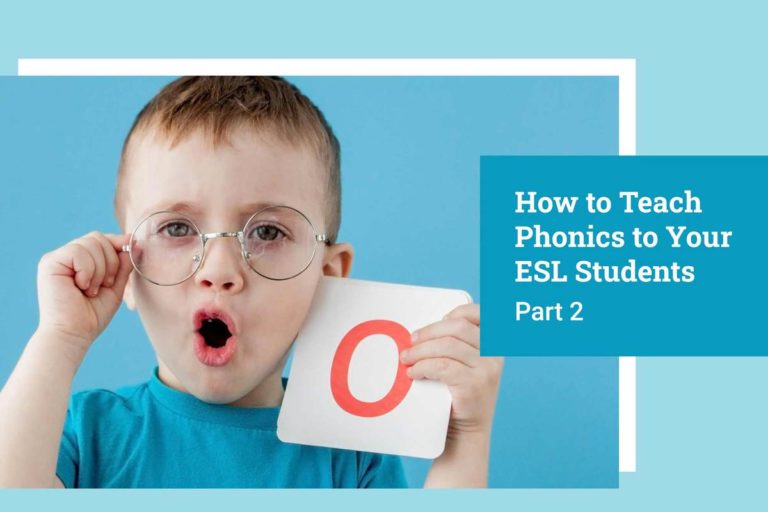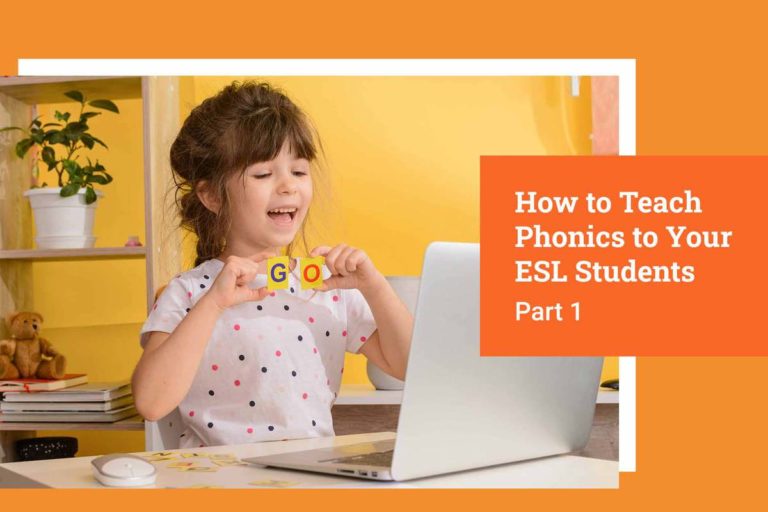Ready to start teaching English online?
Teach with VIPKidPart II: Which Strategy Should I Use?
In Part I of this blog series about “Supporting Students’ Growth: Top Strategies for Corrective Feedback”, I described a number of different strategies that teachers can use to provide corrective feedback to English language learners when they make errors in speech or writing. These strategies range from direct strategies, where the learner is provided information about the nature of the error and how to correct it, to more indirect strategies, where the learner may be prompted to self-correct. There are so many different options, though, for providing corrective feedback. How is a teacher to know which strategy to use at the moment when a learner makes an error? In this post, I will present some of the questions that teachers should consider when making decisions around corrective feedback. The following flow chart outlines the decision-making process. 
Does the error relate to lesson objectives?
The corrective feedback process starts with noticing a learner error, be it an error in grammar, pronunciation, word choice, or pragmatics. When you hear or see a learner error, think about the goal of the activity in which the learner is engaged. Is the point of the activity to develop speaking or writing fluency or to gain content knowledge in areas like math, science, or social studies? If the goal of the activity is to accomplish either of these objectives, evaluate whether the learner’s error made their idea unintelligible to others. If you and other students were able to understand the learner’s idea, then correcting the error at that moment could detract from lesson objectives. In this case, it would be preferable to ignore the error or to plan to address this error in a later language lesson.
If the learner’s error did make it difficult to comprehend their idea, using indirect corrective feedback strategies, like clarification requests, recasts, or elicitation strategies, can help the learner to express themselves without taking the lesson off on a tangent. If the learner corrects themselves, you can move on with your lesson. If the learner is unable to correct themselves, try to recast what the learner has said to the best of your ability and make a note to address this language point in a subsequent lesson.
If the goal of the activity is accurate use of language, however, a different set of questions emerge. First, which language form is the target of the activity? You may be teaching simple past verb tense, the difference between /l/ and /r/, or using modals to make polite requests. If you notice a learner error, consider whether the error relates to the target language form being practiced. For instance, you might be teaching present progressive when a learner says, “Boy is running.” The verb is correct, but the learner left out an article. Given that the focus of the activity is on the verb tense, providing feedback on articles can take the activity off track and use up valuable class time that students need to practice with verbs. In this situation, ignoring the error and planning a future lesson on articles is your best bet.
Now let’s imagine a different scenario. You are teaching present progressive, and a learner says, “Boys is running.” Here, the learner has made an error with the target structure, the verb conjugation. This is definitely an error that you would want to address since accurate use of the verb tense is the focus of the activity. If learners have been practicing this tense over several lessons, and you think the learner could potentially self-correct, try one of the elicitation techniques or a clarification request to prompt the learner to reformulate their response. Some metalinguistic feedback, such as “How many people are there?” or “Think about your verb,” can guide the learner towards the correct form. If the learner is unable to self-correct, providing the correct answer through explicit correction will benefit the learner as well as classmates who are listening.
Have you considered learner characteristics?
Learner characteristics, such as age, proficiency level, and personality, can also affect our choice of corrective feedback strategy. For example, younger learners would probably not understand metalinguistic feedback (see Part 1 of this blog series), yet such feedback can be helpful for older learners who are familiar with terminology for describing words, grammatical structures, and pronunciation as it allows errors to be quickly identified and explained.
Another important learner characteristic to consider when selecting among feedback strategies is the learner’s language proficiency level. Has the learner previously been exposed to the grammar or vocabulary in question? Have they been taught the form, and have they had opportunity to practice the form on multiple occasions and across a variety of contexts? In other words, should you expect the learner to know the form? If your answer to these questions is “Yes,” then give the learner an opportunity to correct themselves. Use a clarification request or an elicitation strategy to indicate to the learner that they should reformulate their response. However, if you don’t think the learner would know the correct form, a more direct feedback strategy, such as explicit correction or offering a choice would be more appropriate. If you have recently taught the form, but learners have not yet had much practice with it, you may utilize metalinguistic feedback to remind learners of the previous lesson.
Another factor that may affect our choice of feedback strategy is the personality of the learner. Some learners may feel criticized or embarrassed when explicitly corrected. Direct corrective feedback strategies may cause these learners to shut down and stop participating in class. Indirect strategies like recasts and clarification requests can provide them with feedback in a more subtle way that allows them to maintain face.
What about the learner’s cultural background?
Finally, the learner’s cultural background can influence their attitude toward error correction and the type and amount of feedback they expect to receive. Learners from cultures where teachers are revered as authorities may feel that teachers are not doing their job if they do not provide explicit feedback every time a learner makes an error. Teachers, on the other hand, may wish to focus on the development of fluency and regard error correction as an interruption to the flow of communication.
These differences in beliefs may cause some tension between the teacher and the learner or with the learner’s parents. It can be helpful, then, to explain to learners and parents that language proficiency involves both accuracy and fluency and that you will incorporate activities which foster both in your lessons. As you introduce each activity, be sure to present the goal of the activity to learners (whether the focus will be on accuracy or fluency) and indicate if and how you will be providing corrective feedback. For example, if the goal of the activity is accuracy, you might say, “In this activity, we are going to practice with present progressive verbs. I am going to listen to your verbs. If I hear an error, I am going to raise my hand and you should try to say the sentence again.” Or if the goal is fluency, you can explain, “In this activity, we are going to practice speaking fluently. Even if you think you made a mistake, just keep talking. The important thing is for us to hear your ideas.” In this way, learners and parents will understand your corrective feedback behaviors and how they contribute to the learner’s language acquisition.
Interested in learning more about error correction? Watch Dr Ashcraft’s webinar, “Error Correction: Tips and Techniques for Language Teachers” here.
Further reading:
Nassaji, H. & Kartchava, E. (2017). Corrective feedback in second language teaching
and learning: Research, theory, applications, implications. New York: Routledge.
Sarandi, H. (2016). Oral corrective feedback: A question of classification and
application. TESOL Quarterly, 50(1), 235-246.
If you enjoyed this article, check out our blogs on ESL Topics & Questions for Students and Top Strategies for Positive Corrective Feedback: Part 1.
This Teaching Essentials Blog Series looks at some tools-of-the-trade for online ESL instruction. In it, we explore a few key concepts and dive into what makes them indispensable to our teachers.
Bio:

Dr. Nikki Ashcraft has worked in the field of teaching English to speakers of other languages for over 25 years. She has taught ESL, EFL, EAP, ESP, and every other acronym! She has taught English and trained teachers in the United States, Mexico, Chile, Kuwait, and the United Arab Emirates. Check out her book, Lesson Planning (2014), published by TESOL Press.



